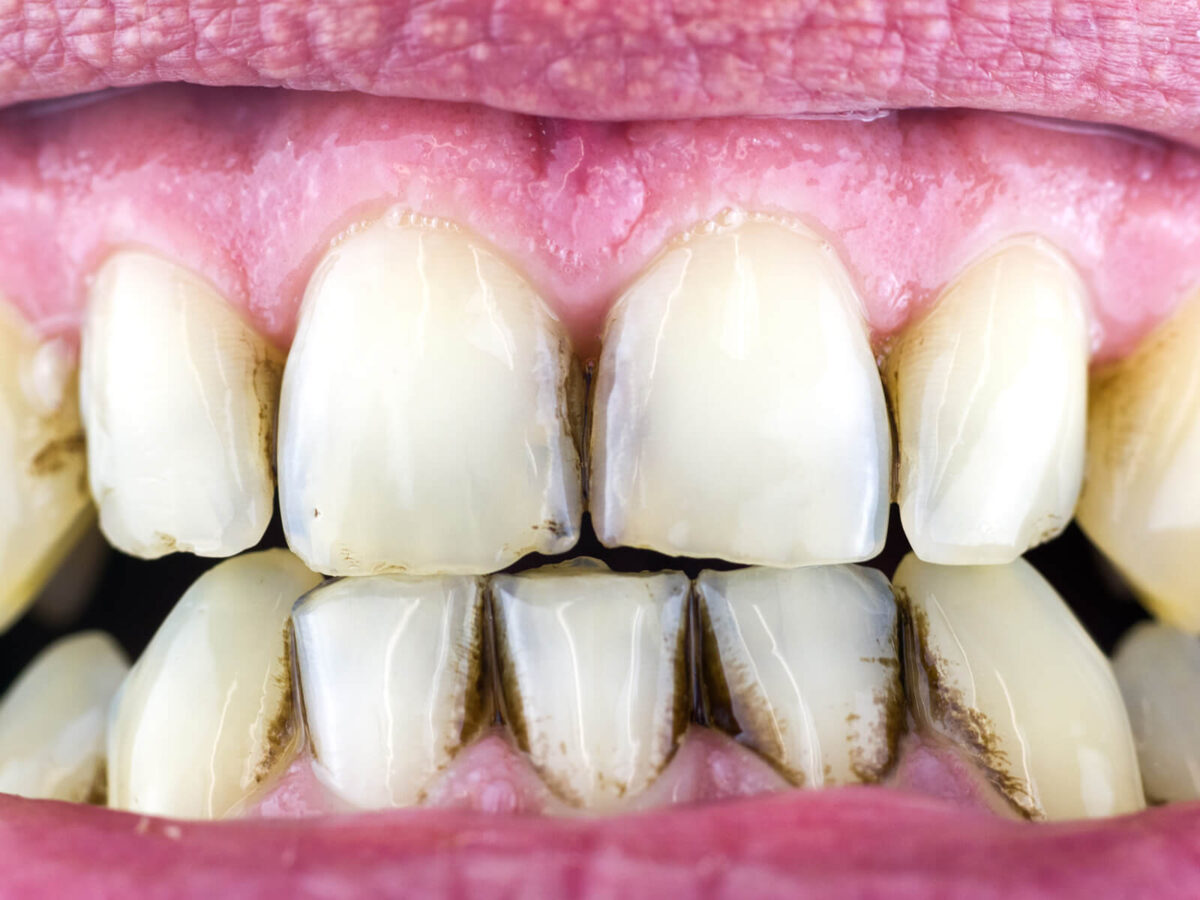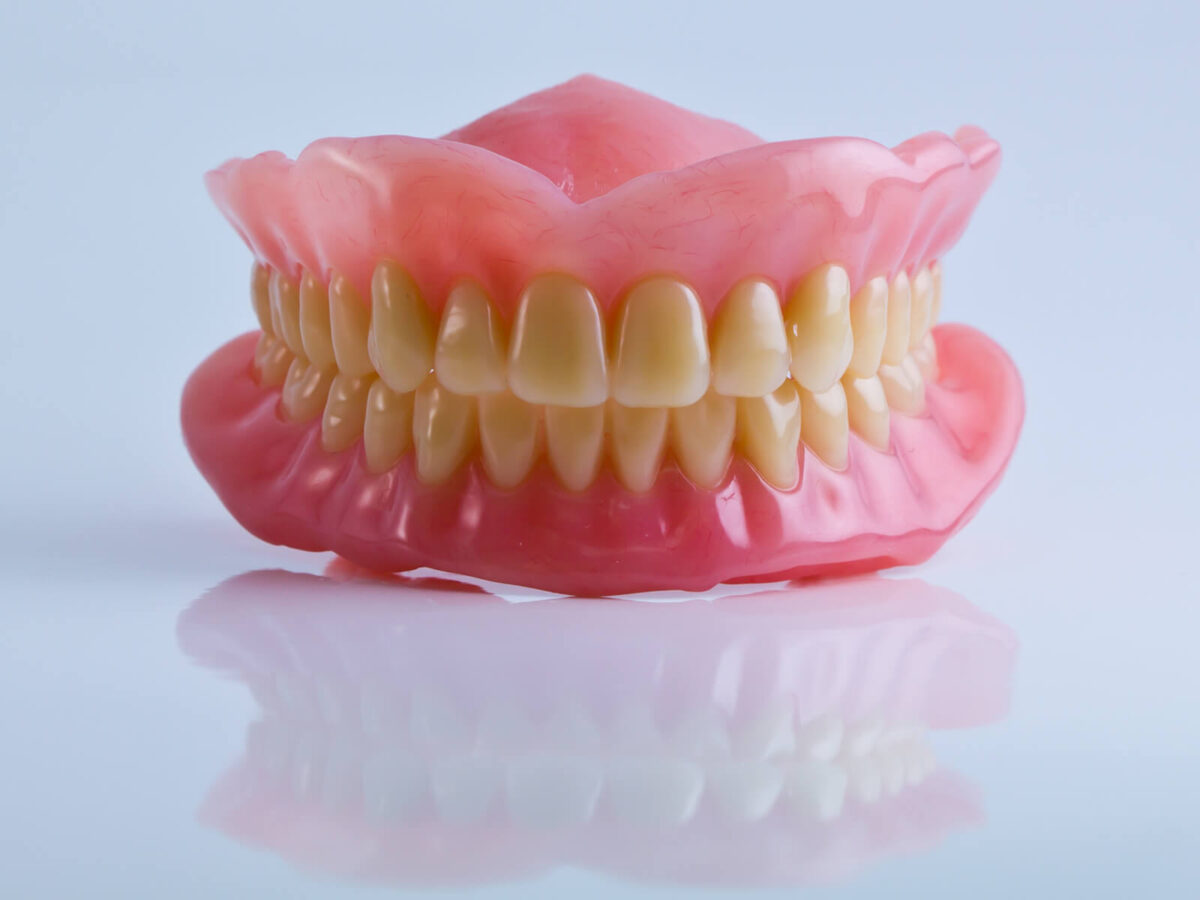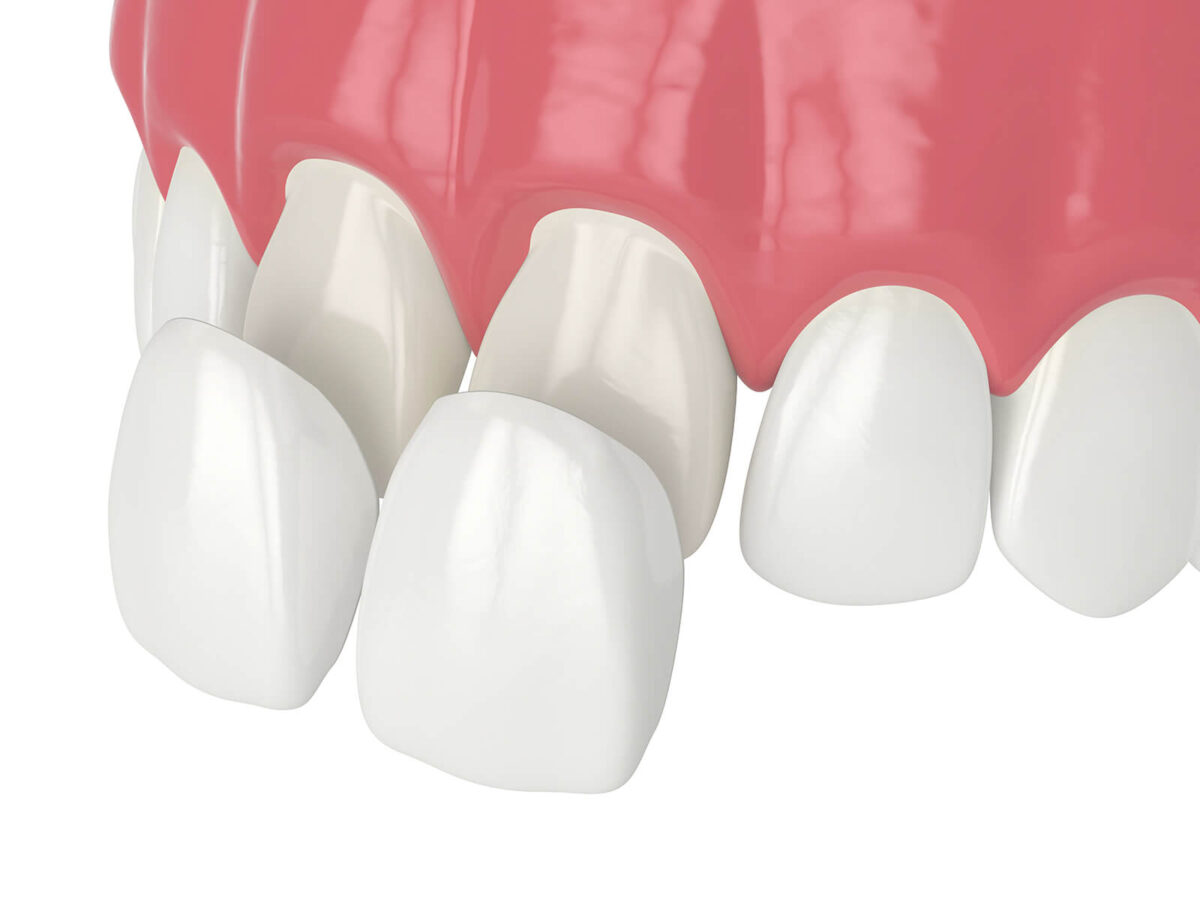Introduction:
Black tartar on teeth, while less common than its yellow or brown counterparts, presents a unique concern for oral health. It’s crucial to understand the causes and symptoms associated with black tartar to implement effective prevention and treatment strategies. The best San Antonio Dentist, TX, offers insights into managing this condition for optimal oral health.
Understanding Black Tartar on Teeth:
Dental tartar, also known as calculus, forms when plaque hardens on the teeth. Black tartar, distinguished by its color, signals specific causes and potential oral health risks.
Causes of Black Tartar:
- Tobacco Use: Tobacco products can stain plaque, leading to the formation of black tartar.
- Poor Oral Hygiene: Neglecting regular brushing and flossing facilitates plaque buildup, which can calcify into tartar and become stained.
- Dietary Factors: Consumption of dark-colored foods and beverages may stain plaque, contributing to black tartar formation.
- Certain Medications: Medications, especially those containing iron, can discolor plaque and tartar.
- Infrequent Dental Visits: Skipping regular dental cleanings allows plaque and tartar to accumulate and become stained.
Symptoms of Black Tartar:
- Visible Dark Deposits: The most obvious sign is the appearance of dark spots or lines on the teeth, particularly near the gum line.
- Persistent Bad Breath: Caused by bacteria harbored in tartar, leading to halitosis.
- Gum Discoloration: Gums may show signs of inflammation or infection near areas with black tartar.
- Tooth Sensitivity: As tartar affects enamel and gum health, sensitivity can increase.
- Gum Inflammation or Bleeding: Indicative of gingivitis or periodontitis, exacerbated by tartar buildup.
Preventing Black Tartar Buildup:
- Adhere to Oral Hygiene Practices: Brush twice daily and floss regularly to prevent plaque accumulation.
- Routine Dental Visits: Regular checkups and cleanings are crucial for removing tartar and maintaining oral health.
- Tobacco Cessation: Quitting smoking or chewing tobacco can significantly reduce the risk of black tartar.
- Limit Staining Substances: Moderate the intake of foods and drinks that stain teeth and follow up with oral hygiene practices.
- Hydration and Diet: Drink plenty of water and eat a balanced diet to support saliva production and overall oral health.
Professional Treatment for Black Tartar:
- Upon noticing black tartar, professional intervention by a dentist, is essential. Treatments may include:
- Thorough Cleaning: To remove tartar deposits above and below the gum line.
- Scaling and Root Planing: For advanced cases, to clean beneath the gums and smooth tooth roots.
- Polishing: To eliminate surface stains and smooth the enamel.
Gum Disease Management: If necessary, to treat any underlying gum issues. - Preventive Advice: Tailored recommendations for maintaining oral hygiene and preventing future tartar buildup.
Conclusion:
Black tartar on teeth, while alarming, can be effectively managed and prevented with the right approach. Understanding its causes, recognizing the symptoms, and adhering to a robust oral hygiene routine are key. With expert guidance from the best San Antonio Dentist, TX, individuals can take proactive steps to ensure a healthy, vibrant smile free from the concerns of black tartar. Regular dental care is fundamental to this effort, highlighting the importance of routine checkups and professional cleanings.



